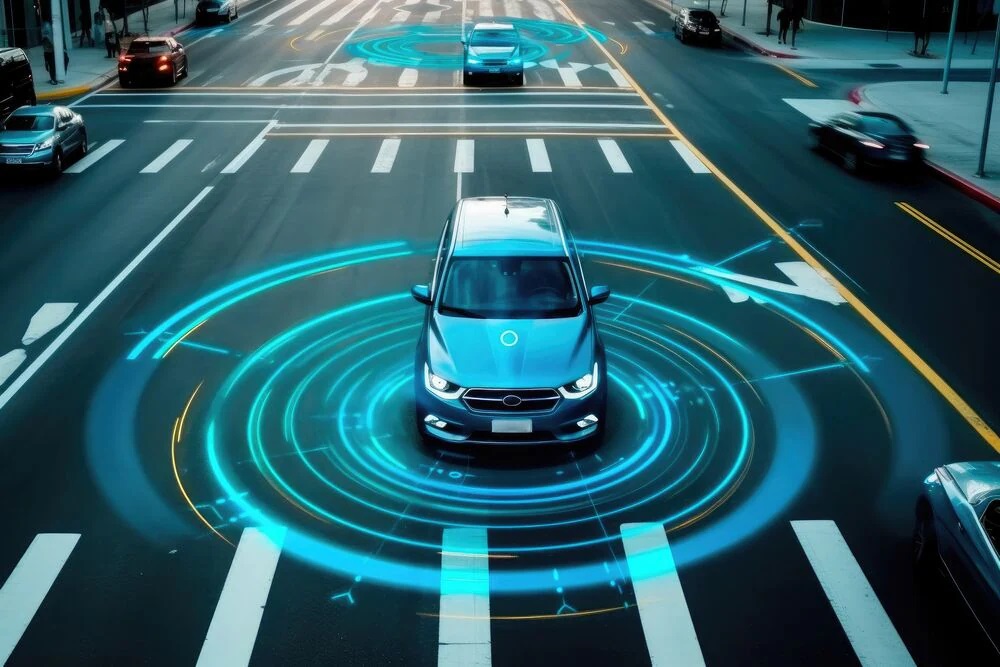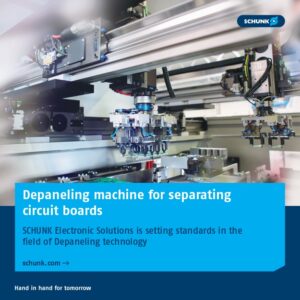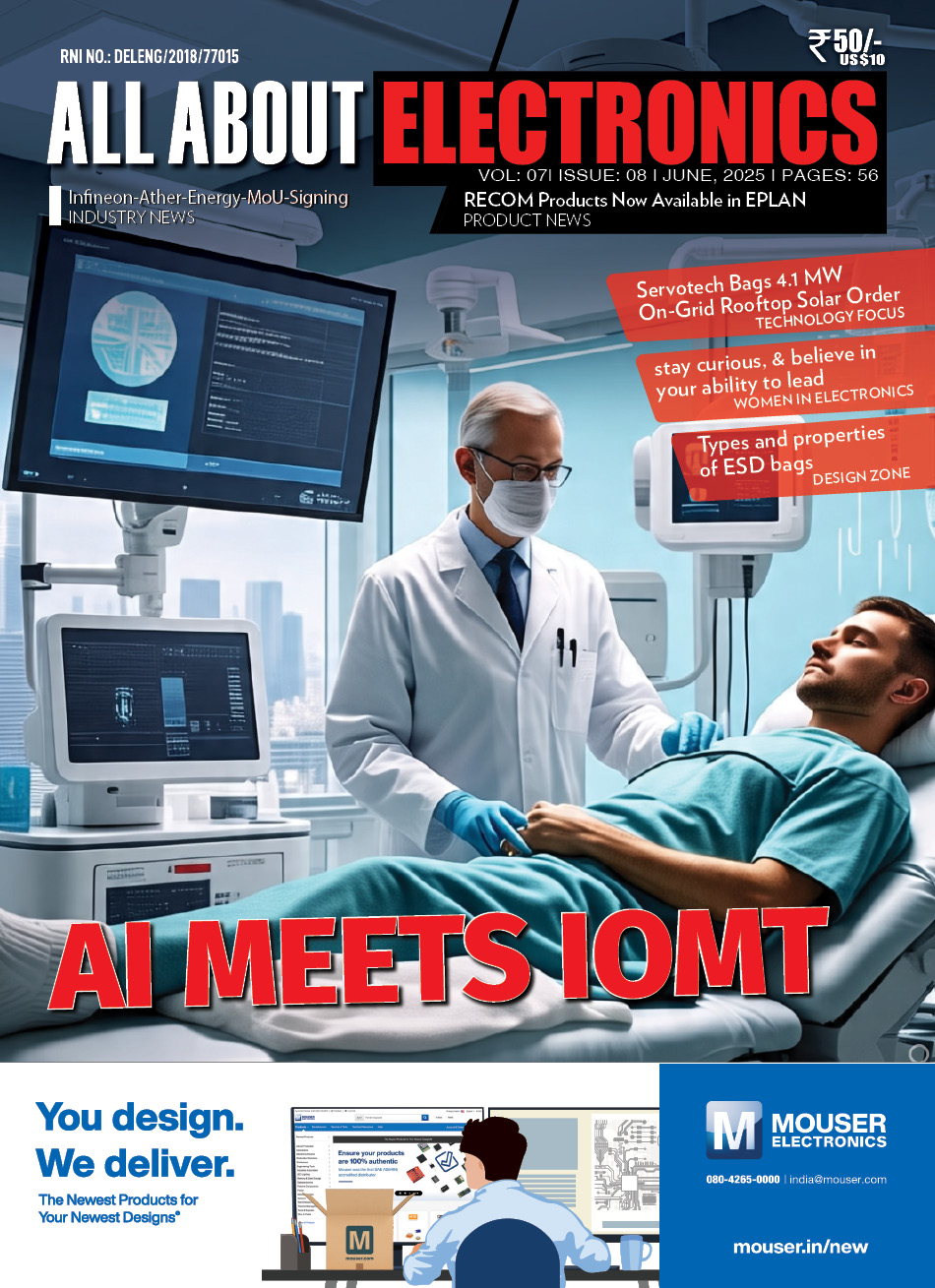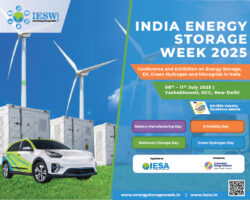Source : Mouser Electronics
Introduction
The rise of smart vehicles is upon us. From autonomous mobile robots (AMR), automated guided vehicles (AGV), fully self-driving cars, and fleet vehicles controlled by precision logistic algorithms to simple consumer vehicles with advanced driver safety and security features, these new vehicle electronics have the potential for greater efficiency, safety, and ease of use. However, this comes at the cost of electronic complexity and the possibility of increased susceptibility to electronic threats and reliance on wireless services that aren’t up to the standards of reliability needed for automotive applications. This is where UWB steps in as a wireless standard that is both reliable, resilient to interference, and offers extremely accurate location/position tracking. Given that UWB technology is new, widespread adoption is still ongoing, but the future of automotive applications looks very bright with UWB.
This blog explores UWB technology for advanced automotive applications and discusses UWB solutions that can aid development and integration into automotive platforms.
UWB In Action
Early use of UWB technology has seen substantial success as a security enhancement feature. With digital key technology, car owners can use their smartphones like a physical car key, but with added layers of digital security. UWB offers centimeter accuracy with real-time location and position tracking, and it is an ideal technology for digital key. This is especially true as the radar-based communication and distance algorithms are extremely resilient to noise and interference while being intrinsically secure.
Moreover, UWB technology is both affordable and highly energy efficient. For instance, UWB communication, to 27Mbps, and distance/location measurements can be designed onto a compact platform that uses a coin cell battery and operates for years without replacement. These factors make UWB a more efficient option for many automotive applications compared to Bluetooth®, Wi-Fi®, GPS, RFID, and cellular. Unlike UWB, these wireless communication and location/position tracking technologies are susceptible to noise interference and congestion, while often requiring substantial power supplies and additional infrastructure to operate.
UWB only requires UWB-compatible chipsets installed on a platform for direct peer-to-peer communication and location/distance tracking. Like the Apple AirTag, all that is needed are two UWB devices to determine the exact position, direction, and status of a UWB tag in real time. These same features are also well suited to many other vehicle-to-everything (V2X) applications, such as autonomous merging/parking, pedestrian detection, car location, autonomous vehicle intercommunication, and more.
Where UWB Is Today
Today, UWB can be found in many flagship smartphones and smartwatches, as well as a growing list of consumer automotive manufacturers that already have or are adopting the technology for digital key and occupancy detection technology. Other existing applications include ultra-precise indoor positioning / navigation, asset-based tracking for retail and industrial spaces, Find My app for consumer devices, and location-based lighting/audio experiences.
The Future and UWB
These initial applications only scratch the surface of UWB’s potential. Future applications in development include vehicle-to-vehicle communication, which would enable much safer and lower latency autonomous fleet vehicle coordination and fully self-driving consumer vehicle coordination. UWB technology is also well suited for proximity detection used to advance smart parking features, pedestrian and cyclist collision avoidance, and wireless in-car communication with automotive sensors (i.e., tire pressure monitoring systems, occupancy sensors, and other safety features).
UWB Design Considerations
Like any wireless solution, several design considerations should be accounted for during the development of a UWB device. UWB is based on the IEEE 802.15.4a and 802.15.4z standards and is authorized for unlicensed use by the FCC in the 3.1GHz to 10.6GHz range. The FCC has limited the power spectral density (PSD) of UWB emissions to -41.3dBm/MHz. The ITU and other spectrum regulatory agencies have issued similar regulations.
Other considerations for UWB design include antenna placement, housing, energy management, and coexistence with narrowband devices. Specifically, UWB devices may need to be designed with band-stop filters for frequency ranges dominated by high PSD narrowband emitters in regions where this is a concern.
Using Qorvo’s Development Boards to Accelerate UWB Design
Though UWB technology is new and unfamiliar to some designers, there are already well-established development solutions, chipsets, and support materials available to help developers launch their UWB solutions and reach the market as rapidly as possible. Qorvo offers a variety of development boards and modules that help designers accelerate their UWB prototype, proof-of-concept, and solution design. For instance, Qorvo offers Arduino-compatible shields, which are widely supported by many microcontroller unit (MCU) manufacturers and allows for the development of UWB RTLS systems. Qorvo also offers a UWB module development kit and a complete UWB development board that includes all the necessary hardware and software to build a scalable UWB RTLS network solution (Figure 1).

Figure 1: The Qorvo DWM1001-DEV Module Development Board enables designers to assemble and evaluate an RTLS system—including anchors, tags, and gateways—without designing any hardware or writing a single line of code. (Source: Mouser Electronics)
Conclusion
UWB technology is poised to restructure connected and autonomous vehicle communication and location/distance tracking. With enhanced accuracy, real-time location, and low latency communication over a highly secure and resilient wireless channel, there are a wealth of potential applications UWB can enable. Moreover, with the level of reliability UWB offers, it is now possible to replace many connected communication systems with wireless solutions that are more cost effective, while reducing vehicle weight and electronics routing complexity.
To learn more, visit www.mouser.com












